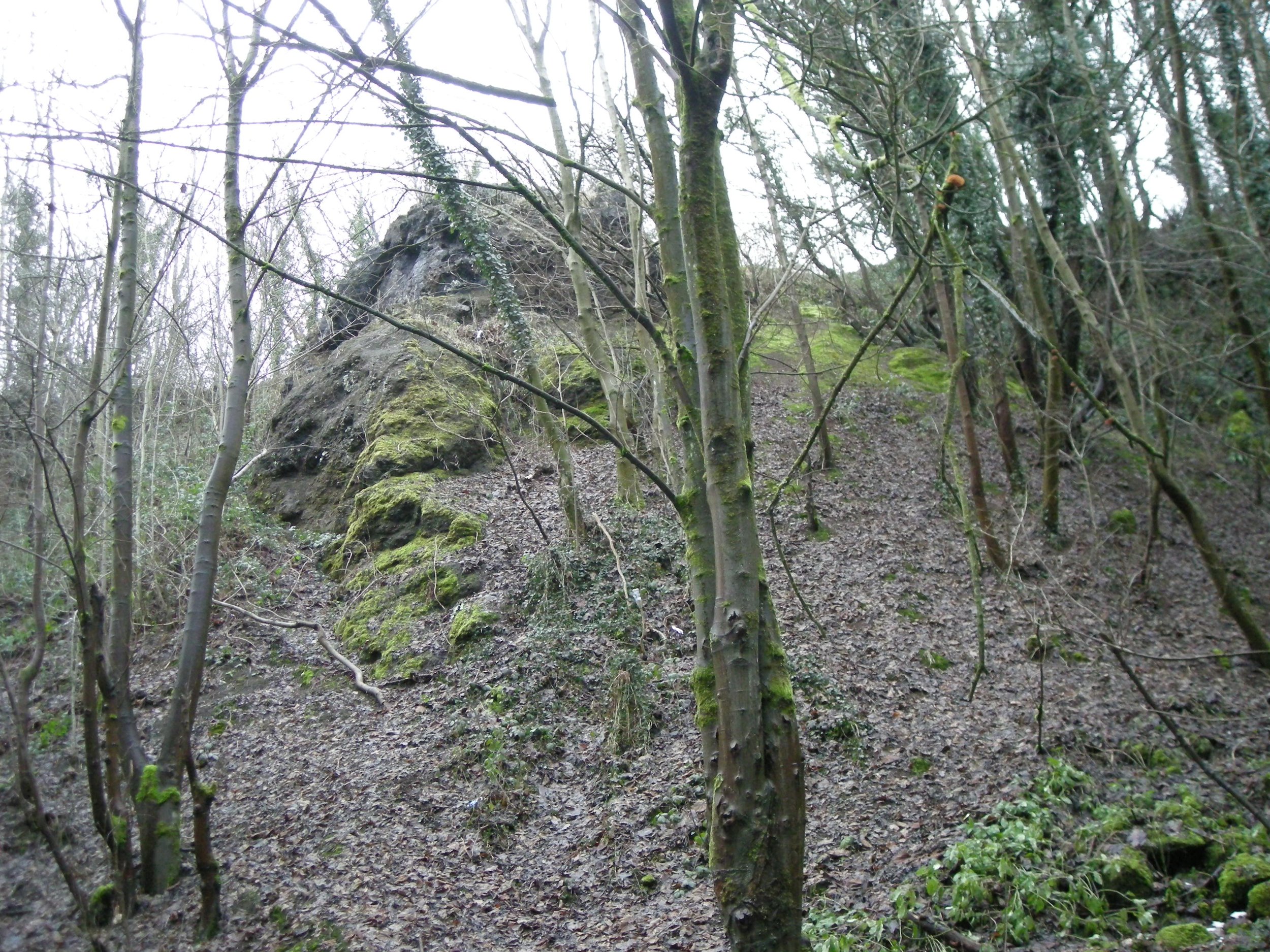
Geology
Geology and Geodiversity
By Alan Cutler
Extract from the Flora of Birmingham and the Black Country
For its size, B&BC has some of the most diverse geology in the world. The underlying bedrock (solid) formations include rocks from the Ordovician, Silurian, Carboniferous, Permian and Triassic Periods.
The present-day shape of the landscape is mainly the result of erosion by ice and water during the Ice Age, which left most of the area with a blanket of superficial sands, gravels and sandy clays lying on top of the bedrock formations. The Ice Age, technically known as the Quaternary (Pleistocene Period), was not just one episode of severe glacial climatic conditions but several oscillations from cold glacial to warm interglacial. In B&BC the glacial deposits are assigned to either the Devensian Stage (110,000–10,000 years ago) or the Anglian Stage (478,000–424,000 years ago). The ice sheets of the last phase of glaciation, the Devensian, which peaked around 20,000 years ago, reached as far south as Wolverhampton and Walsall.
The geology of B&BC divides into three distinct parts which are also reflected in both the topography and historical and cultural influences. The central core area comprises the southern part of the South Staffordshire Coalfield (also known as the Black Country or Dudley Coalfield) which extends from Rubery through Halesowen and the Black Country to North Wolverhampton and Walsall. The coalfield is flanked on the east and west by younger rocks mostly belonging to Triassic age formations with some Permian and late Carboniferous outcrops.
Geological Sites
Statutory Sites
In Birmingham and the Black Country there are 10 SSSIs designated for their geological importance including Wren’s Nest, Barrow Hill and Tansey Green and Doulton’s Claypit.
Local Geological Sites
In Birmingham and the Black Country, Local Geological Sites are designated as part of the Local Sites process along with Wildlife Sites.
There are 75 SINCs and 25 SLINCs that are designated either wholly, or partly for, their geological importance.
Many of these are included as Geosites within the Black Country Geopark project landscape where they meet the criteria specified by the Global Geoparks Network.
Black Country Global Geopark
The Black Country Geopark is a special urban landscape in the heart of England with geology spanning 428 million years that is well known for its exceptionally well-preserved fossils. The Black Country is also rich in coal, ironstone and limestone, resources which inspired discovery, invention and innovation and placed the region at the centre of the Industrial Revolution which continues to shape the modern world.
The Geopark boasts a range of varied geosites including landscapes and viewpoints, disused mines and quarries, canals, national and local nature reserves, museums with spectacular collections, open air visitor attractions and many historic buildings. It connects the geology under our feet with cultural and industrial heritage.




